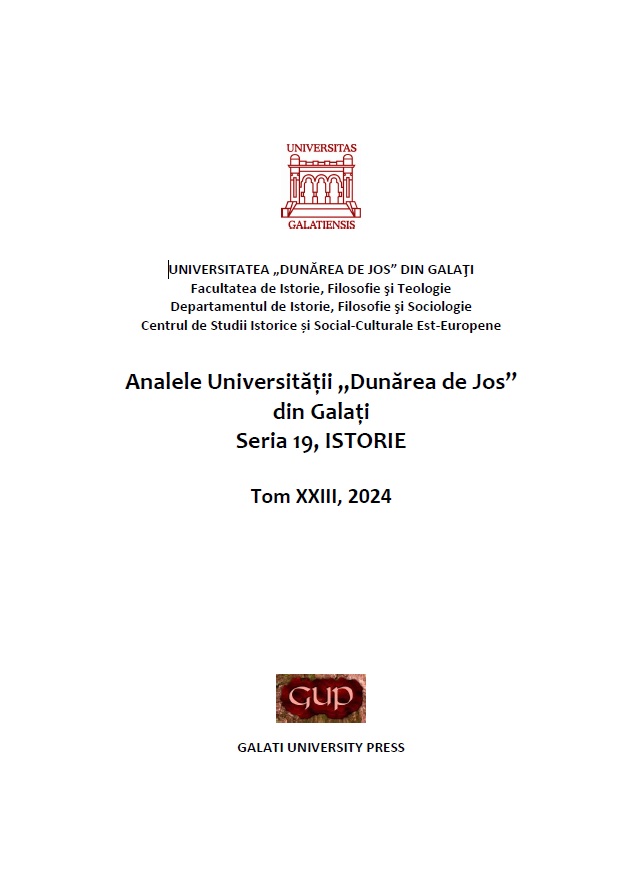THE LIPOVAN CLERGY: THE CONNECTION BETWEEN THE UKRAINIAN AND ROMANIAN DANUBE REGION IN THE 20th CENTURY
Abstract
The Old Believers of the Ukrainian and Romanian Danube regions share a common history. The Belokrinitskaya Metropolitanate was established in 1846 on the territory of modern Ukraine. In 1940, with the advent of Soviet power, the center was moved to Romania in Braila. Since the Ukrainian Danube region repeatedly belonged to Romania in the first half of the 20th century, the Old Believer dioceses on both sides of the Danube were under common jurisdiction. The fates of the clergy were closely intertwined. This included not only common issues resolved at the Consecrated Councils, but also personal stories, which can be traced through the analysis of the biographies of the priests of the Izmail diocese in the middle of the 20th century. A third of the priests came from Old Believer villages in Romania and began their service there. In the questionnaires they filled out after the war, it was noted that relations with relatives from Romania were lost. Some of them were accused of Romanian-phileism, counter-revolutionary activities, for which they were subjected to repression.
Metropolitans Tikhon (Tit Kachalkin) (1942-1968) and Iosaf (Ioan Timofeev) (1968-1985) of Belokrinitsa were born in the Ukrainian Danube region. The latter, a priest in Izmail, fled to Romania in 1944 with the advent of the new regime.
The main points of intersection of the Lipovan clergy in the 20th century are outlined, it is stated that despite the ban on communication by the Soviet authorities, information about important events in the life of Old Believers in Romania reached the Ukrainian side and vice versa.



